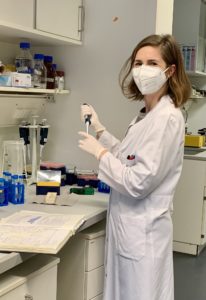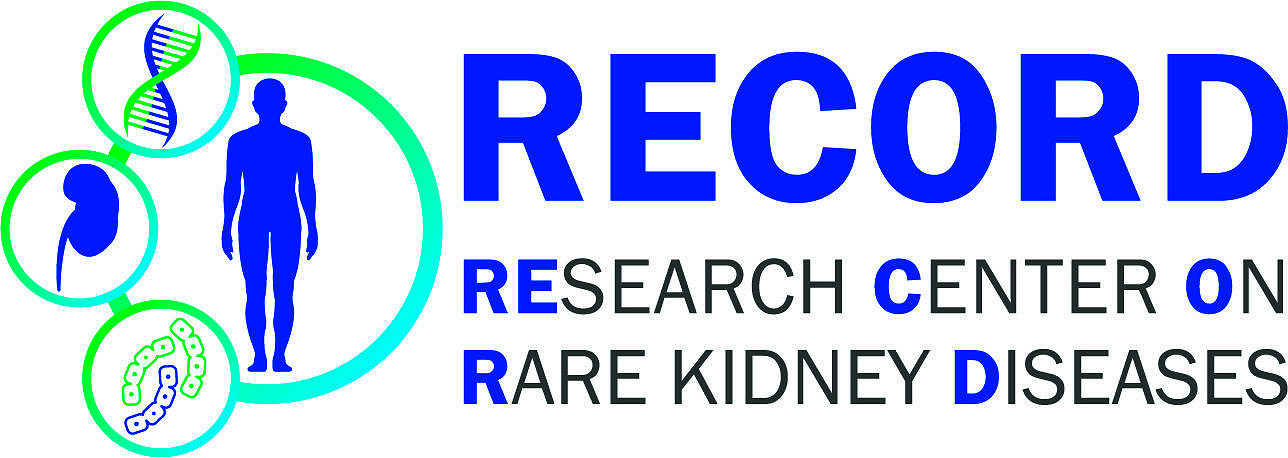 DNA damage-induced mTORC1 activation mediates the development of FSGS
DNA damage-induced mTORC1 activation mediates the development of FSGS
Wissenschaftliches Arbeitsprogramm (Abstract)
The foot processes of podocytes form an essential part of the renal filtration barrier – the slit diaphragm. Disruption of the latter leads to the development of albuminuria. In our recently submitted manuscript ‚DNA damage activates mTORC1 signaling in podocytes leading to glomerulosclerosis‘ (Braun et al., in revision at JASN), we describe differential expression of DNA repair genes and nucleotide excision repair (NER) genes in glomeruli of patients with focal segmental glomerulosclerosis (FSGS). Mutations in the NER-Gene ERCC1 cause progeroid syndromes in humans (OMIM 610758). Interestingly, the progeroid Ercc1-/Δ-mouse model develops a kidney phenotype. Hence, we generated a podocyte-specific Ercc1-knockout mouse, which develops FSGS within weeks. In addition to increased DNA damage, these mice show mTORC1 activation. Moreover, we could demonstrate increased mTORC1 signaling in cultured podocytes upon DNA damage and reduction of mTORC1 activation upon inhibition of either DNA-PK or ATM kinases. Reduced glomerulosclerosis following pharmacological mTORC1 inhibition by rapamycin points towards a role of mTORC1 in DNA damage-induced FSGS in our model.
The aim of the planned project is to study the link between DNA damage repair and mTORC1 in FSGS by different approaches. Firstly, a dietary restriction study will be conducted with the Ercc1 pko model to modulate mTORC1 activity and to ameliorate the renal phenotype. Secondly, a genetic intervention is planned: the Ercc1 pko mice will be crossed to a Raptorfl/fl line to examine the role of mTORC1 in our model. Additionally, DNA-PK and ATM will be studied to unravel the molecular mechanisms of DNA damage-induced FSGS.
